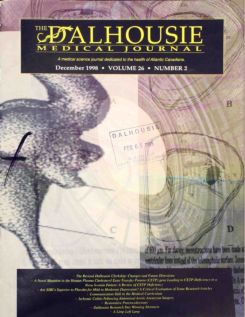Ischemic Colitis Following Abdominal Aortic Aneurysm Surgery
DOI:
https://doi.org/10.15273/dmj.Vol26No2.4414Abstract
Ischemic colitis (IC) following abdominal aortic aneurysm surgery has been well-reported in the literature as a highly lethal complication. The overall incidence of IC is between 1 and 7%, the incidence being highest following repair of ruptured abdominal aortic aneurysms. Mortality rates with this complication have been shown to be as high as 54%. With such a high incidence and mortality rate, prevention, early detection and treatment are of significant importance in the management of this complication. This paper discusses primary and secondary prevention of IC following abdominal aortic aneurysm surgery. Primary prevention is targeted at the preoperative and intraoperative levels. Preoperative prevention involves looking at the preoperative risk factors, both anatomic and hemodynamic subgroups. Several techniques of intraoperative detection of 1C reported in the literature are also discussed. Secondary prevention involves early detection of IC and management in the postoperative period to allow for institution of supportive measures. Important early warning signs of postoperative IC, as well as the reported use of flexible sigmoidoscopy to reliably predict and diagnose the complication, are addressed.
Downloads
How to Cite
Issue
Section
License
Authors who publish with this journal agree to the following terms:
- Authors retain copyright and grant the journal right of first publication with the work simultaneously licensed under a Creative Commons Attribution License that allows others to share the work with an acknowledgement of the work's authorship and initial publication in this journal.
- Authors are able to enter into separate, additional contractual arrangements for the non-exclusive distribution of the journal's published version of the work (e.g., post it to an institutional repository or publish it in a book), with an acknowledgement of its initial publication in this journal.
- Authors are permitted and encouraged to post their work online (e.g., in institutional repositories or on their website) prior to and during the submission process, as it can lead to productive exchanges, as well as earlier and greater citation of published work (See The Effect of Open Access).


